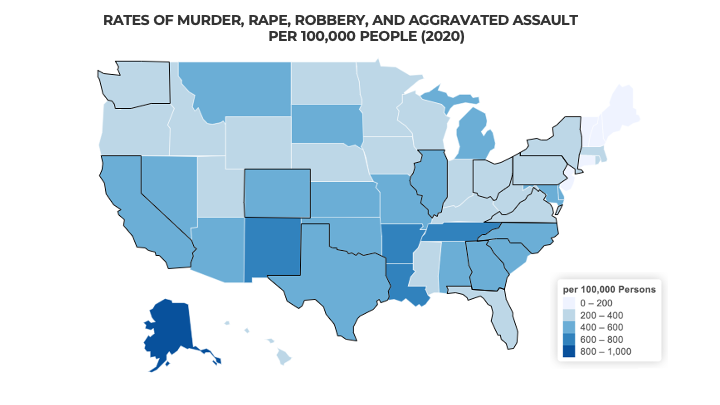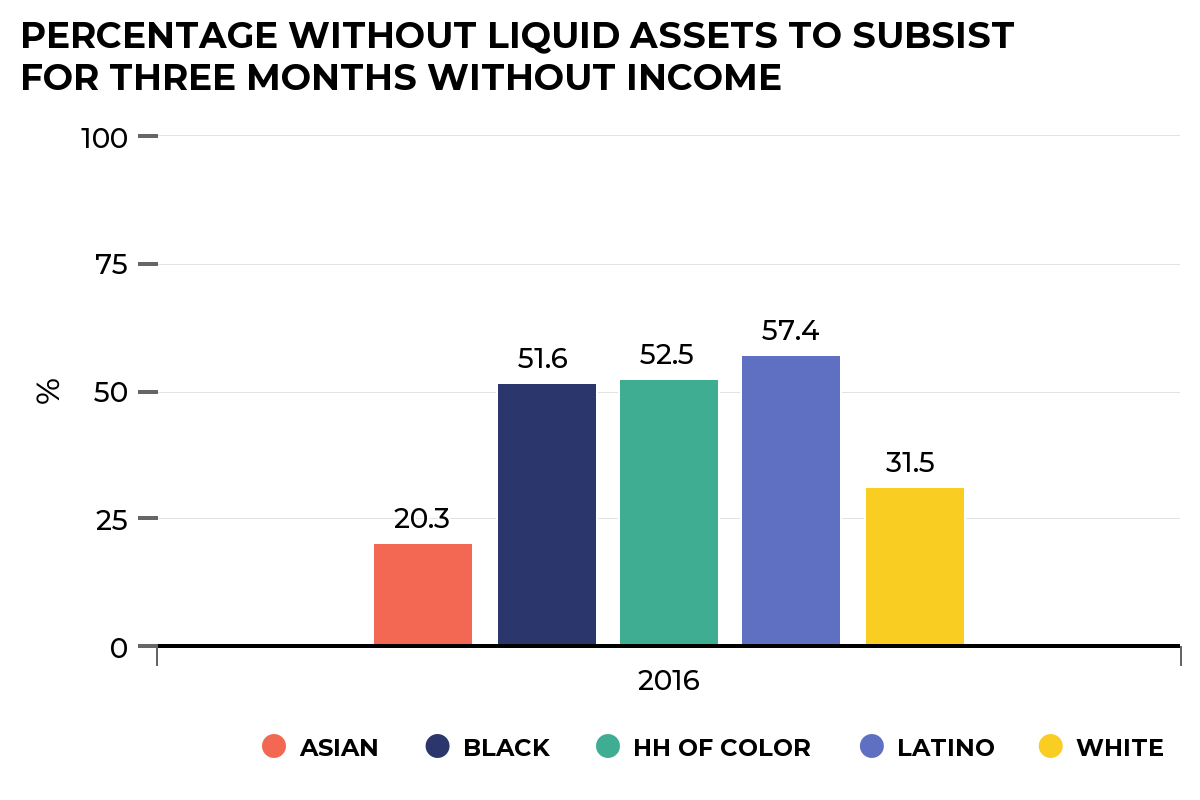Keeping Texas and its most vulnerable safe: Strategic Framework
This look at Texas and its most vulnerable people is the fifth of our seven-part blog series, “Strategic Framework: 7 Key Findings,” which highlights some of the most compelling data from our new Strategic Framework.
POLICY AREA: Justice & Safety
The Texas justice and safety systems should aim to keep every person safe, especially society’s most vulnerable
The Texas justice and safety systems should aim to keep every person safe, especially society’s most vulnerable.
Over the past few decades, Texas has enjoyed tremendous economic growth and prosperity — but interrelated factors, including unsafe neighborhoods, financial hardship and traumatic experiences, hold many people back. State leaders should collaborate across justice and safety-net systems to ensure all partners — state agencies, local governments and private sector entities — spend tax dollars effectively.
Public safety is necessary for Texas institutions and civil society to function.
 After decades of positive momentum, violent crime has started to increase in some Texas communities. Both violent and property crimes have declined statewide since the 1990s, but Texas still ranks near the bottom among our 12 peer states. The 2020 violent crime rate of 446.5 and property crime rate of 2,245, both per 100,000 persons, place Texas 12th and 10th, respectively.
After decades of positive momentum, violent crime has started to increase in some Texas communities. Both violent and property crimes have declined statewide since the 1990s, but Texas still ranks near the bottom among our 12 peer states. The 2020 violent crime rate of 446.5 and property crime rate of 2,245, both per 100,000 persons, place Texas 12th and 10th, respectively.
Increases in court backlogs can delay access to the justice system.
Clearance rates under 100% indicate a growing backlog, while rates at or above 100% indicate a declining one. In 2020, Texas had a 91% criminal and an 81% civil clearance rate, ranking fifth and seventh, respectively, of nine reporting peer states.
Too many Texas children are vulnerable to experiences that can negatively impact their future.
Texas ranks ninth among peer states in the percentage of children, 19%, who have experienced at least two adverse childhood experiences, such as violence, abuse, neglect or a household with substance use or mental health problems. These children face negative consequences for their health, educational attainment, employment and earnings.
The inability to cover basic expenses when income is lost can lead to short-term hardships and long-term impacts on health and well-being.
In 2016, more than 42% of Texas households were unable to pay basic expenses for three months without income, ranking Texas 10th among peer states. Because metrics update frequently, please visit the Strategic Framework at framework.texas2036.org to view the most up-to-date trends.
Because metrics update frequently, please visit the Strategic Framework at framework.texas2036.org to view the most up-to-date trends.
